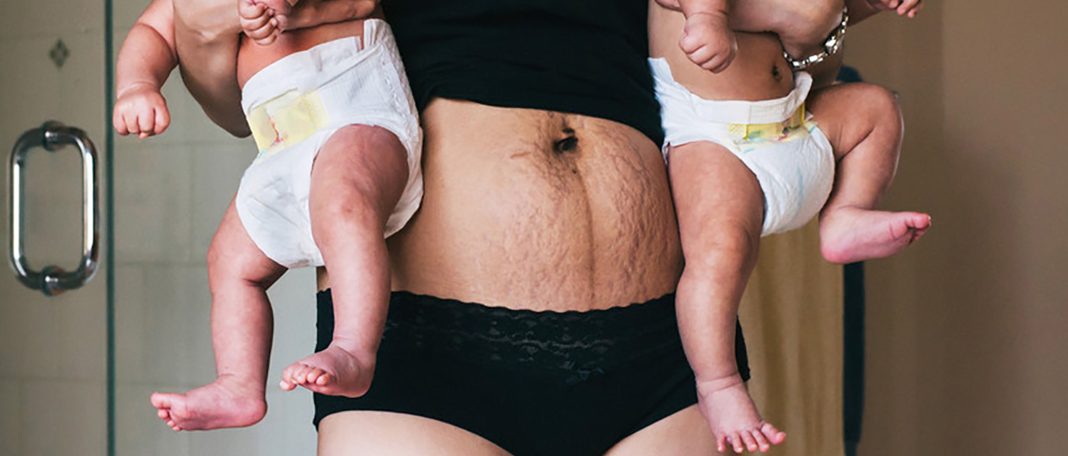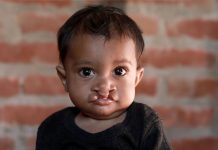Curious about how women change physically after childbirth? Here are 9 changes all new moms can definitely expect after childbirth.
Physical Changes Before Childbirth
The uterus of a woman is always prepared to bear a child. Doctors suggest that every month during ovulation, a woman’s body undergoes several hormonal changes in order to have healthy offspring.
From puberty to menopause, the human body undergoes several changes causing PMS symptoms and other emotional fluctuations.
Here are a few changes women may undergo during pregnancy apart from the ones listed in the after childbirth list:
- Morning sickness
- Dehydration
- Hyperthermia
- Fluctuation in metabolism rates
- Shortness of breath
- Dizzy Spells and fainting
- Blood Pressure
- Diabetes
Physical Changes After Childbirth
Pregnancy-related bodily changes come and go during specific trimesters and can be easily kept under control through proper diet, exercise, and a few changes in lifestyle. The postpartum physical changes are a little tough to manage given a child in hand.
Gynecologists also say that a woman’s body does not respond to a child’s loss and stays under the impression that it has given birth. Thus, most of these post-childbirth changes will be experienced by women who have lost their babies too.
Weight Gain
This is one of the common complaints of any new mom. The fluctuations in pregnancy hormones such as estrogen and progesterone aid in developing a healthy fetus that may also result in a weight gain for the mother.
Pregnancy weight gain is similar to baby fat and can be easily brought down by taking up proper diet and exercise during and after pregnancy.
Size
Professionals often give pregnant women a hormone called relaxin to help in reducing the pressure on the cervix. This hormone can also relax other joints and ligaments. Therefore, women will go up a shoe size permanently.
Fluid Retention
The extra weight gain anchors on the body’s circulatory system. Therefore, it leads to water retention in the lower limbs and face. Fluid retention begins during the third trimester and can become a permanent problem if left unattended after childbirth.
Increasing potassium levels and avoiding caffeine and sodium is the best way to manage fluid retention.
Nearsightedness or Blurriness
This is not a definite postpartum change but few mothers have experienced it during their pregnancy. Though vision changes return back to normal post-childbirth, women who have gestational diabetes or preeclampsia are at the risk of permanent vision change.
Changes in Ability to Smell and Taste
There isn’t any reliable data on this change. Many pregnant women have stated that they experienced a heightened sense of smell and taste during pregnancy that lasted a few months after childbirth.
Changes in Breasts and Cervix
Women often experience a lot of differences before and after pregnancy especially in the size of their breasts and cervix.
Breasts grow throughout the pregnancy and often shrink between each breastfeeding session. Since breasts don’t have any muscle, they can droop after women stop breastfeeding. These milk glands get replaced by fatty tissue and may never go back to normal.
During pregnancy, the baby puts weight on your pelvic muscles causing women to pee themselves while sneezing, laughing, or coughing. This may continue after childbirth regardless of natural birth or c-section. So, the pelvic floor muscles should be exercised properly to gain back control.
Temporary or Permanent Changes in Hair, Skin, Or Nail Color and Texture
- Stretch marks near the breasts, thighs, and cervix.
- Face can darken during pregnancy and may take several months to get normal again.
- Hyperpigmentation, darkened areolas, labia, and near other nether regions, a dark line across the abdomen known as linea alba.
- Freckles and moles can increase or decrease in size, shape, and number.
- Women either experience excessive hair loss or increased hair growth throughout the entire body.
- Nail texture, strength, and shape can change and never go back to normal after childbirth.
Rashes and Boils
Getting rashes and boils on the body post-childbirth without any specific reason is normal. Pregnancy-specific rashes such as PUPPP (pruritic urticarial papules and plaques of pregnancy) and folliculitis may leave permanent scars. Pregnancy medication can also be an important reason.
Premature delivery-related skin problems such as intrahepatic cholestasis and pemphigoid gestationis are also permanent.
Hemorrhoids
Gestational diabetes and hemorrhoids are common in pregnant women and usually go away after childbirth. Though a few women may need to take medication to get rid of diabetes, hemorrhoids are permanent. They can increase in size or count if triggered in the future.
And all of these changes are worth it for the little bundle of joy in your arms.
















